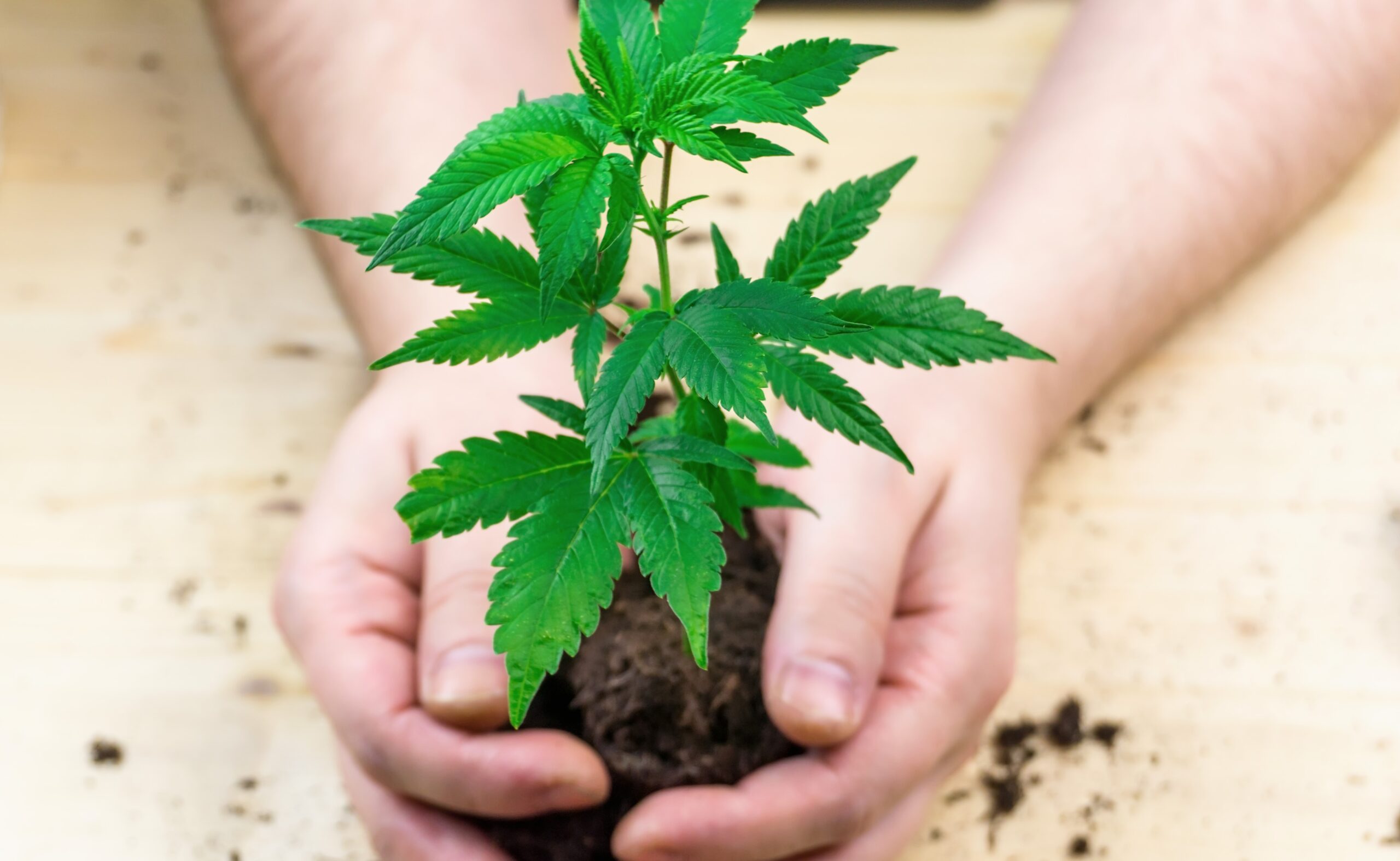The concern over climate change extends to several aspects of our lives, including agriculture. One industry facing the consequences of climate change is farming. As global temperatures continue to rise and weather patterns become more unpredictable, cannabis growers encounter several challenges that endanger their crop yields. In this article, we will explore the relationship between climate change and cannabis crop loss, highlighting the contributing factors.
 Rising Temperatures: A Threat to Cannabis Crops
Rising Temperatures: A Threat to Cannabis Crops
As global temperatures increase, cannabis crops encounter many different obstacles. Heatwaves can speed up water evaporation from plant leaves, causing stress and potentially reducing yields. Additionally, higher temperatures can disrupt pollination and impair pollen viability for fertilization. Moreover, elevated heat levels make cannabis plants more vulnerable to pests and diseases. Furthermore, warmer conditions can have effects on gene expression in plants, impacting their growth and development. These climatic changes may lead to a decrease in potency and overall quality of cannabis.
Erratic Weather Patterns: The Toll of Unpredictability
Another impact of climate change on cultivation is the growing unpredictability of weather patterns. The growth of cannabis plants can be disrupted by rainfall followed by drought conditions, which can result in root rot or the growth of mold if there is too much moisture.
Extreme Weather Events: The Destruction Factor
Extreme weather events like hurricanes, wildfires, and floods have become more frequent due to climate change. These events pose threats to both indoor and outdoor cannabis farms. Indoor farms heavily depend on electricity-powered environments with temperature regulation systems, which are vulnerable during power outages caused by extreme weather events. Erratic weather patterns also make it difficult for outdoor farmers to plan for the future, as seasonal or weather cycles are no longer accurate indicators for when to plant and harvest. This makes it challenging to estimate yields, posing risks for businesses that rely on meeting market expectations.
 Loss of Biodiversity: Implications for Cannabis Cultivation
Loss of Biodiversity: Implications for Cannabis Cultivation
Outdoor farms also suffer losses because severe storms often destroy plants that are ready for harvest. Floods can wash away nutrients from the soil, which are necessary for healthy cannabis crop growth. The loss of biodiversity caused by climate change, urbanization, and intensive agriculture practices raises several concerns about cannabis cultivation. Insects that depend on plants for their survival may struggle to adapt to changing climates. This is a cause for concern because some of these bugs play major roles in the natural processes needed for successful reproduction in cannabis crops. If they are not present, the rates of pollination could drop significantly. Furthermore, when habitats are lost, it reduces the availability of fungi, bacteria, and other microorganisms that are crucial in supporting plant health against pests and diseases. As a result, cannabis farmers face a challenge in maintaining crop yields.
Strategies to Adapt to Climate Change
To minimize the impact of climate change on cannabis cultivation, farmers and growers are exploring a number of strategies to adapt to changing conditions:
- Developing Resilient Strains: Some cannabis breeders are focusing on creating strains that can withstand heat stress, drought conditions, and pests.
- Utilizing Greenhouse Technology: Greenhouses offer controlled environments that replicate optimal growth conditions while safeguarding crops from extreme weather events.
- Exploring Applied Sciences: Researchers are investigating farming techniques like hydroponics or vertical farming, which establish energy systems specifically designed for indoor cultivation.
 The Importance of Sustainable Practices in Cannabis Farming
The Importance of Sustainable Practices in Cannabis Farming
As climate change continues to affect cannabis cultivation, it becomes crucial for farmers and growers to embrace sustainable practices. These practices play a major role in preserving the health and well-being of our planet while also helping combat the impacts of climate change on cannabis crops. Here are a few reasons why sustainable practices are incredibly important:
- Water Conservation: With water scarcity being a key concern in regions affected by climate change, it is crucial for cannabis cultivators to adopt water-efficient irrigation systems, capture and reuse water, and cultivate drought-tolerant strains. These measures not only reduce water consumption but also minimize our ecological footprint.
- Energy Efficiency: Indoor cannabis production requires a massive amount of energy due to lighting systems, climate control equipment, and extraction processes. By embracing energy-efficient technologies like LED lights, utilizing renewable energy sources, and optimizing resource usage, we can significantly reduce carbon emissions associated with cannabis cultivation.
- Soil Health: Healthy soil is vital for promoting plant growth and resilience against diseases and pests. Implementing techniques such as cover cropping, composting, and reduced tillage can improve soil fertility while also sequestering carbon dioxide from the atmosphere.
- Waste Management: Proper waste management practices such as recycling nutrients through composting or anaerobic digestion can help minimize environmental contamination while providing valuable organic matter that benefits future crops.
- Carbon Offsetting: Cannabis businesses have the opportunity to offset their carbon emissions by participating in carbon offset programs or investing in renewable energy projects. This allows them to mitigate their impact and contribute positively towards combating climate change. This commitment shows a dedication to addressing the impacts of climate change.
Conclusion
Climate change undoubtedly presents several challenges for the agriculture industry, including cannabis cultivation. The increasing temperatures, weather patterns, extreme events, and loss of biodiversity are all factors that require collective efforts to develop adaptive strategies that support both outdoor and indoor farming methods. Recognizing these challenges and adopting approaches that minimize impacts while prioritizing high-quality cannabis production is crucial for maintaining sustainable operations in the face of our changing climate.






